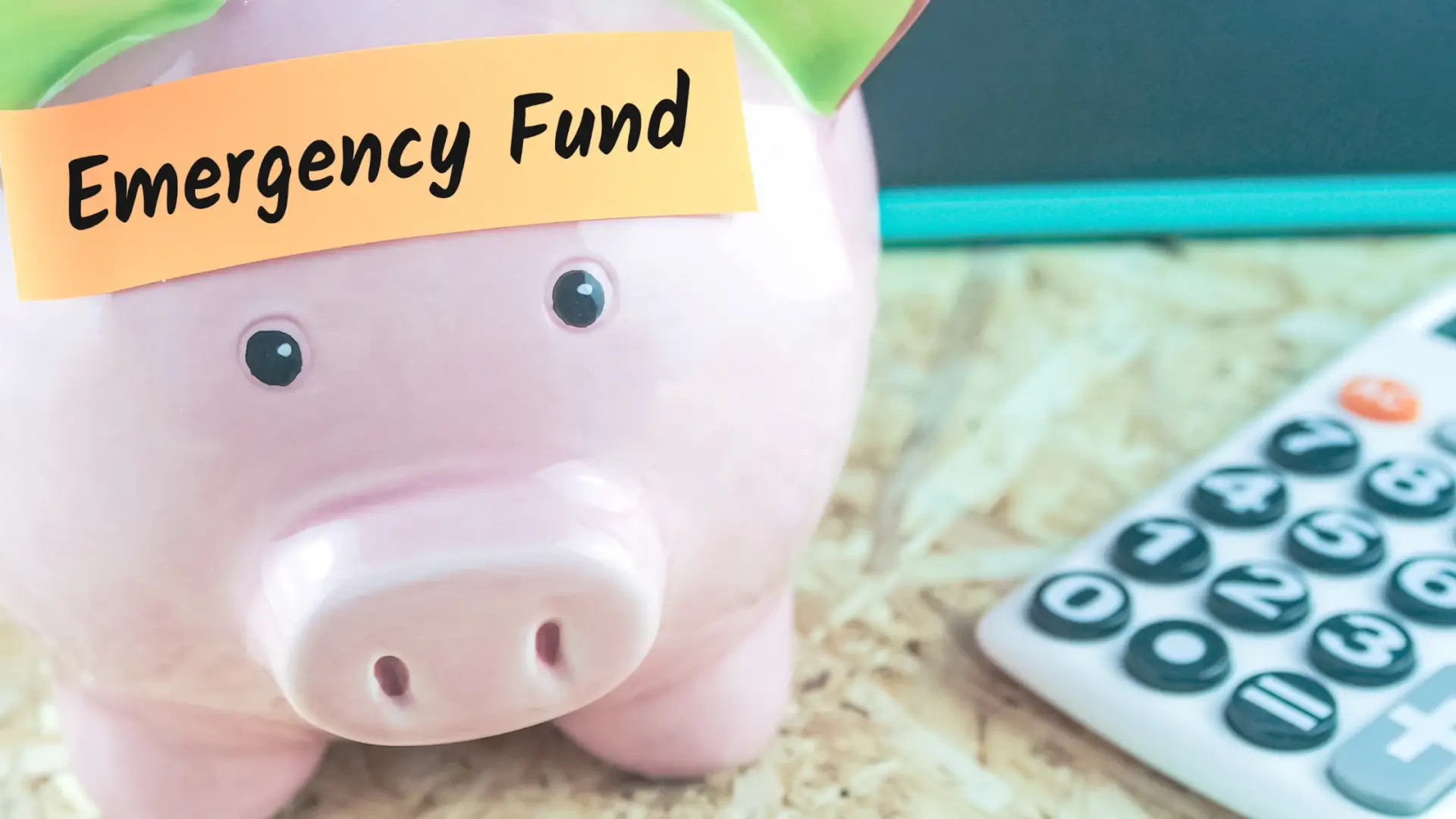

Owning a home is a significant achievement, but it also comes with its set of responsibilities and uncertainties. One of the most crucial steps you can take to protect your investment and ensure financial stability is building an emergency fund. Let's delve into why an emergency fund is essential for every homeowner and how you can build one.
Why is an Emergency Fund Important for Homeowners?
An emergency fund is essentially a financial buffer that can help you manage unexpected expenses without jeopardizing your home or financial stability. These unexpected expenses can range from major home repairs, such as a broken furnace or leaking roof, to personal emergencies like job loss or medical expenses.
Without an emergency fund, you might be forced to rely on high-interest credit cards or loans, potentially leading to a debt spiral. Moreover, in the case of job loss or reduced income, having an emergency fund can be the difference between keeping up with mortgage payments and facing foreclosure.
How Much Should Homeowners Save?
The general rule of thumb is to have three to six months’ worth of living expenses in your emergency fund. However, as a homeowner, you might want to aim for the higher end of that range due to potential home-related expenses. Consider factors like the age of your home, its condition, and your overall financial picture when deciding how much to save.
Building Your Emergency Fund:
Start Small and Build Gradually
If you’re starting from scratch, the idea of saving several months’ worth of expenses might seem daunting. Begin by setting small, achievable goals. Even saving a small amount from each paycheck can add up over time.
Automate Your Savings
One of the easiest ways to consistently grow your emergency fund is by setting up automatic transfers to a savings account. This ensures that you're regularly contributing without having to think about it.
Keep It Accessible, But Separate
Your emergency fund should be easily accessible, but not so accessible that you’re tempted to dip into it for non-emergencies. Consider keeping it in a separate high-yield savings account, which can offer better interest rates than regular savings accounts.
Reassess and Replenish
Life changes, and so will your financial needs. Periodically reassess your emergency fund to ensure it aligns with your current living expenses. Additionally, if you ever need to use funds for an emergency, make a plan to replenish it.
An emergency fund acts as a safety net, providing peace of mind and financial security for homeowners. It protects you from the unpredictability of life and ensures that you're prepared for whatever challenges come your way. Start building yours today, and take a significant step towards securing your financial future as a homeowner.
